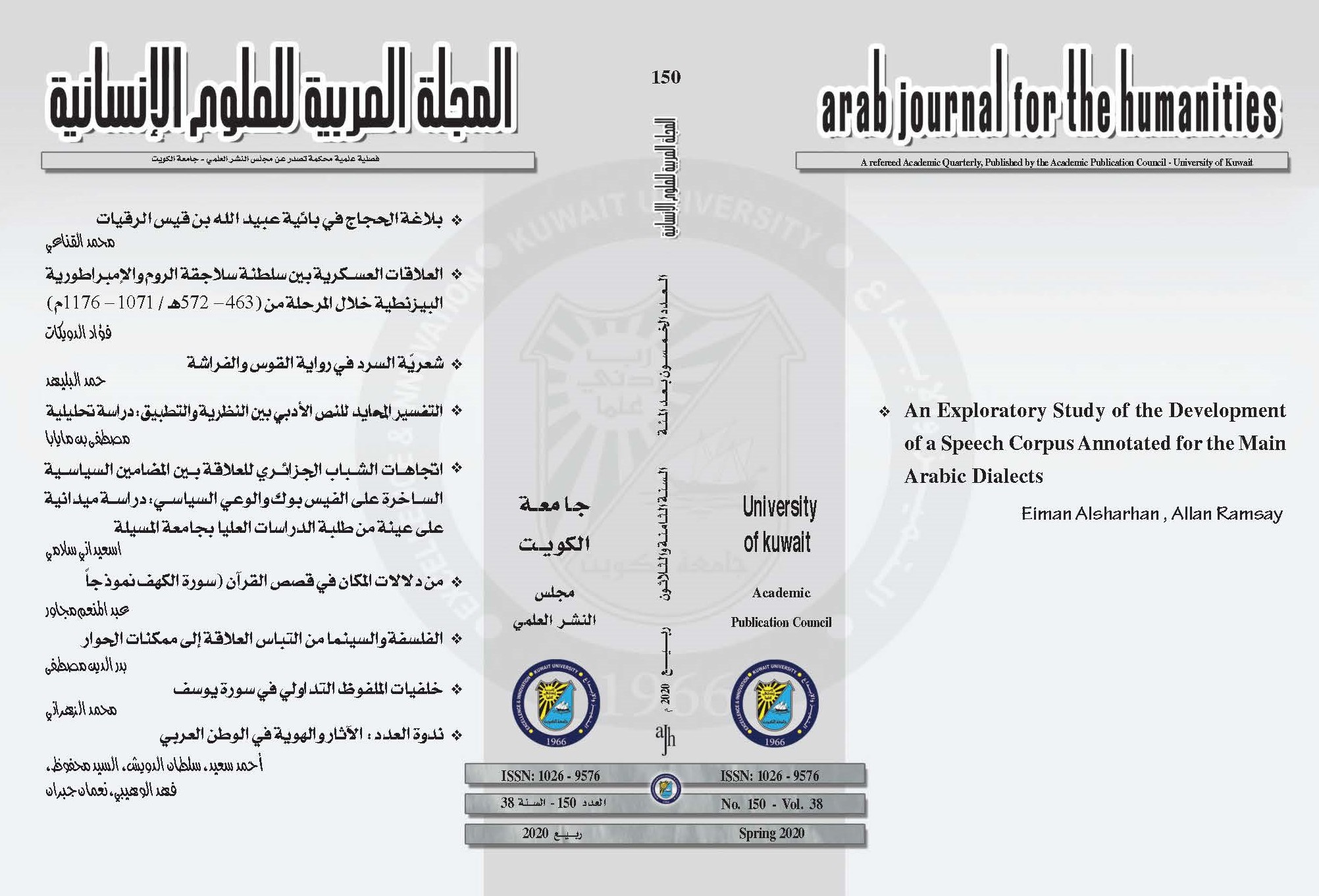Algerian Youth’s Attitudes Towards the Relationship Between the Political Satire on Facebook and Political Awareness: A Field Study on a Sample of Graduate Students at the University of M’Sila.
Keywords:
Attitude, youth, , political implications, political awareness, satire, FacebookAbstract
This paper addresses the impact that following political satire on social media networks has on the awareness and perceptions of young people vis-a-vis the general political reality, especially the Algerian one.
Satire is considered the finest types of humor because it needs intelligence, invisibility and cunning that politicians use to spite their adversaries.
Political satire is a type of freedom of expression, just like painting, poetry, singing and various means of creativity. Thus, the prohibition of addressing national political issues in satirical programs silences the media, strangles freedom, and forbids laughter.
The researcher attempts to explain political awareness in satire in cyberspace. Consciousness is subject to change, due to the dynamic political reality being in a perpetual movement. Therefore, in each time period, ideas are presented to the people of the world, thereby affecting their political consciousness.
This work explains how political awareness is raised through political satire in social media networks. To achieve this goal, a field study was conducted on a sample of young people interested in politics. Furthermore, the paper relies on a descriptive analytical approach in its readings.
















